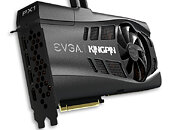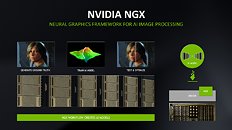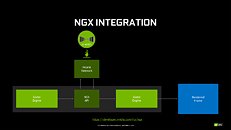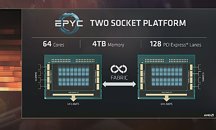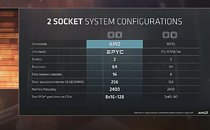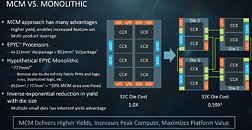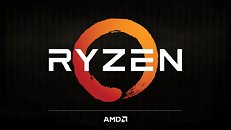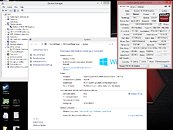
Logitech G Pro X Superlight 2 Gets 4 kHz Response Rate Upgrade
Logitech's G PRO X SUPERLIGHT 2 wireless gaming mouse arrived last September with an MSRP of $159—at the time, cutting-edge peripheral enthusiasts were expecting a mighty upgrade over the ultra popular 2020 iteration. TPU's resident mouse guru—pzogel—had a "hard time making a case for the Pro X Superlight 2," when comparing it to the preceding model. Additionally, the Superlight 2's closest rival—Razer's Viper V2 Pro when combined with their 4K HyperPolling Wireless Dongle—was deemed technologically superior. A November 2023 leak revealed that Logitech was readying an intriguing firmware update—the Superlight 2 was set to be upgraded with a 4 kHz report rate mode.
The launch specification of 2 kHz (maximum) was a disappointing aspect, considering that many cheaper alternatives had already rolled out with higher polling rates (via external dongles). Logitech's latest G HUB software update brings good news for PRO X Superlight 2 users: "we are excited to share a new firmware update for your mouse that will increase your report rate to 4 kHz for free. Once you update the firmware, you'll be able to access the higher report rate in G HUB using your existing wireless dongle. For more information, visit our YouTube channel for an update from Chris Pate." In TPU's late October review, pzogel noted that the 2000 Hz rate: "comes at a price, which is reduced battery life." We hope to see a revisit with the newly implemented 4000 Hz mode tested out.
The launch specification of 2 kHz (maximum) was a disappointing aspect, considering that many cheaper alternatives had already rolled out with higher polling rates (via external dongles). Logitech's latest G HUB software update brings good news for PRO X Superlight 2 users: "we are excited to share a new firmware update for your mouse that will increase your report rate to 4 kHz for free. Once you update the firmware, you'll be able to access the higher report rate in G HUB using your existing wireless dongle. For more information, visit our YouTube channel for an update from Chris Pate." In TPU's late October review, pzogel noted that the 2000 Hz rate: "comes at a price, which is reduced battery life." We hope to see a revisit with the newly implemented 4000 Hz mode tested out.











































